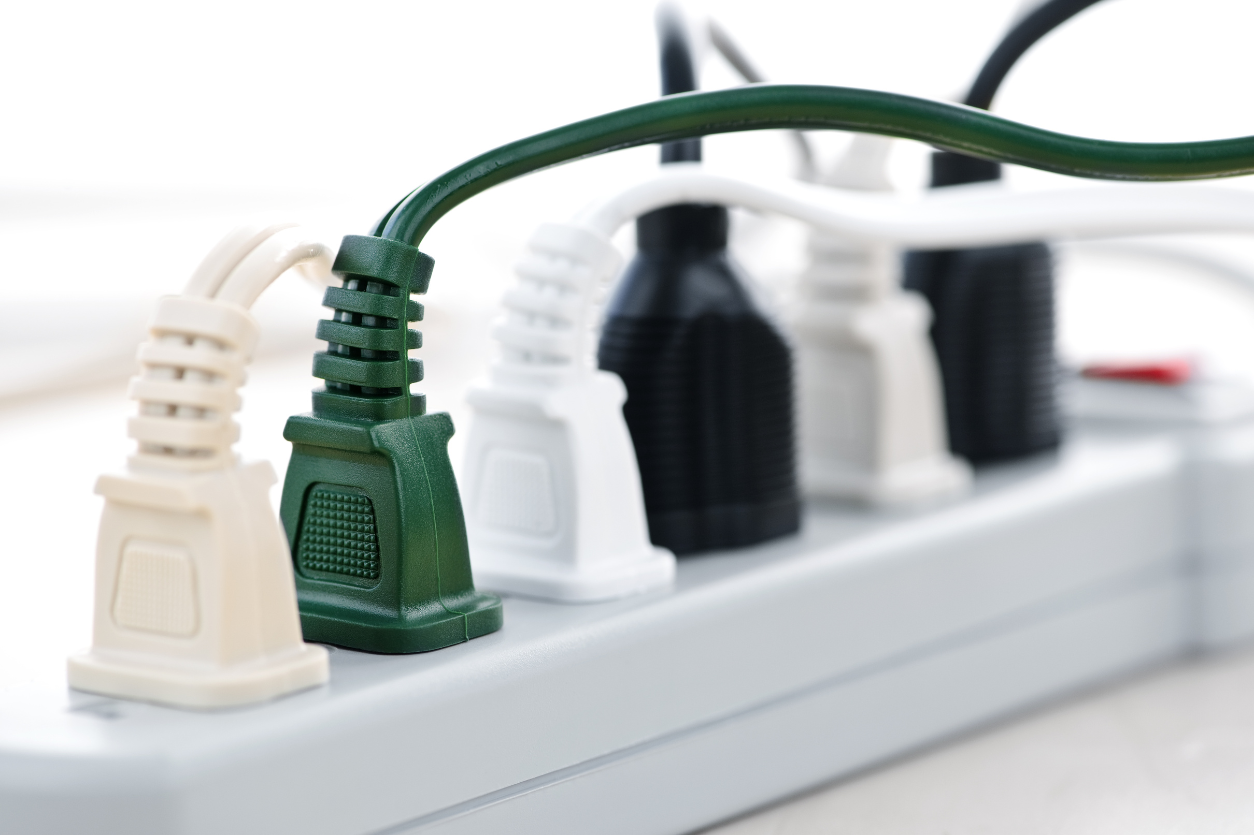Surge Protector vs Power Strip: What Is the Difference?

We’ve all been there—running out of outlets when you need them the most. Whether it’s charging your phone, plugging in a lamp, or setting up your gaming console, having enough outlets is a constant battle in any home. That’s where surge protectors and power strips come into play. At first glance, they might look like identical solutions, but they each serve unique purposes. Understanding the difference between surge protector vs power strip can help you make the right choice for your home or office setup.
In today’s world, where electronic devices have become integral to our lives, knowing how to protect your gadgets is more important than ever. Power strips are essentially an extension of your wall outlet, allowing you to plug in multiple devices at once. Surge protectors, on the other hand, do more than just offer additional outlets—they provide a critical layer of protection for your electronics against power surges that can cause significant damage.
Understanding Functionality
Let’s kick things off by diving into the functionality of these two handy tools. A power strip is a simple device, essentially a way to extend your wall outlet’s reach. You plug it into the wall, and voila, you’ve got multiple outlets where there was just one. This is perfect for areas like behind your TV stand or under your desk where you have several devices clustered together. Power strips are especially useful for low-power electronics like lamps, chargers, and other everyday devices.
On the other hand, a surge protector offers the same outlet expansion but with the added benefit of protecting your devices from voltage spikes. A power surge can occur for various reasons—lightning strikes, power outages, or even when the power company switches the electrical grid. Surge protectors absorb these spikes, preventing them from frying your devices. This makes them essential for expensive electronics like computers, televisions, and gaming consoles.
Choosing Based on Usage
How do you decide which one to use? It often comes down to the types of devices you’re plugging in and their location. If you’re setting up a space where you have high-value electronics or sensitive equipment, a surge protector is your best bet. It not only gives you the convenience of multiple outlets but also peace of mind knowing your gadgets are safe from unexpected power surges.
For less critical applications, such as plugging in a bunch of kitchen gadgets or adding more outlets in your home office, a power strip should suffice. They are a great choice when you just need more outlets but don’t need the surge protection. Consider using power strips in spaces where high-powered or sensitive electronics aren’t a priority.
Weighing the Costs
Next up, let’s chat about the cost. Power strips are generally the more affordable option. You can pick one up for a relatively low price, making them a budget-friendly choice for simply expanding outlet capacity. However, when it comes to protecting valuable electronics, it’s worth investing in a good surge protector. These devices can range in price, with higher-end models offering better protection ratings and features like USB ports or Ethernet connections.
Surge protectors have a rating called joules, which indicates how much energy they can absorb before failing. The higher the joule rating, the more protection it offers and the longer it will last. While they are more expensive than power strips, the cost of replacing or repairing damaged electronics can far exceed the investment in a quality surge protector.
Making the Right Decision
Ultimately, your choice between a surge protector and a power strip should be based on your specific needs. Evaluate the types of devices you’re plugging in, their importance, and your environment. In areas prone to thunderstorms or where electrical grids are unstable, a surge protector is definitely the way to go. In more stable environments or for devices that aren’t as sensitive, a power strip can do the job without breaking the bank.
When selecting a surge protector, look for one with an indicator light to show it’s working correctly. These lights alert you when the device is no longer able to protect against surges, which is crucial since the protection diminishes after each surge it absorbs. Consider the number of outlets, the spacing between them, and additional features that might benefit your specific setup.
Your Trust, Our Core Commitment
At Rising Tech, earning and maintaining your trust is the cornerstone of our mission. We're dedicated to transparency, impartiality, and the relentless pursuit of truth in every article, review, and recommendation we publish. Our commitment to these principles ensures that you, our valued reader, are always equipped with reliable and unbiased information. Let us be your trusted guide in the ever-evolving world of technology.